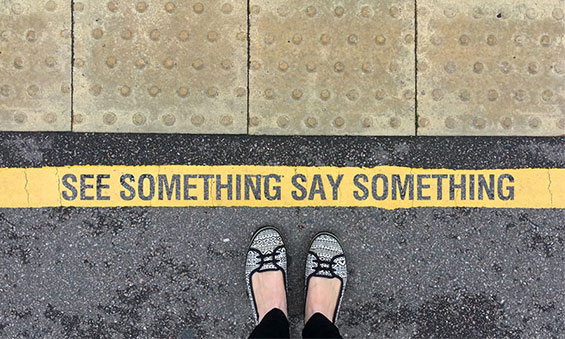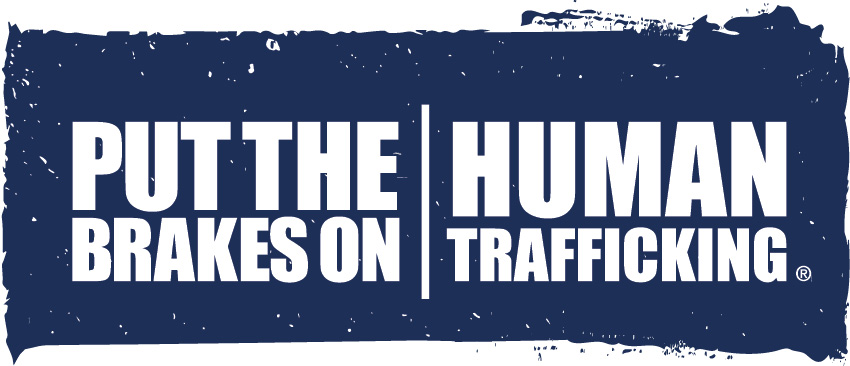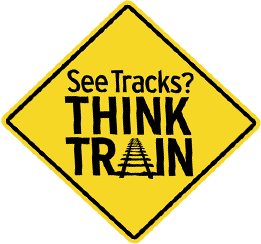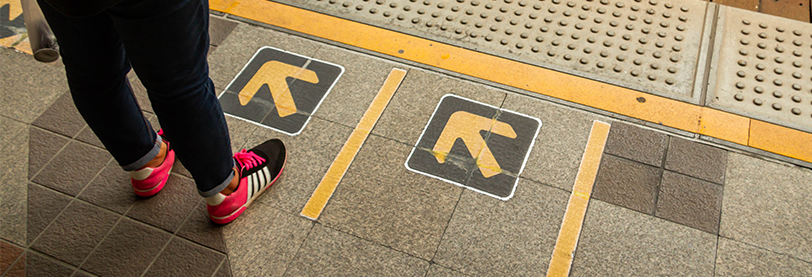You are our Eyes and Ears
Please help us in identifying and reporting such behaviors, including the following:
Suspicious appearance
- A person or persons wearing clothes unsuitable for the time of year
- Anything protruding in an unusual manner underneath a person’s clothing
- A person trying to blend in with surroundings, even though he or she appears out of place
Suspicious behavior
- Nervousness, tension, or excessive sweating
- Individuals deliberately abandoning an item (such as a backpack, package, or suitcase) and hastily departing the area
- Walking slowly while surveying the area or running in a suspicious manner
- Individuals seen loitering at transit centers; walking on or near railroad tracks; or entering secured areas
Suspicious conditions, items, and packages
- Electrical wires, switches, or electronic devices sticking out of a bag, package, or clothing
- Unattended bags, packages, boxes, or backpacks
- Unexplained smoke, mist, gas, vapor, odor, or leaking fluid
- Spray bottles or aerosol canisters
Protecting our Riders
NCTD contracts with the San Diego Sheriff’s Office and local law enforcement agencies to patrol and provide law enforcement and security services at our transit centers.
Sheriff’s Deputies and Police Officers will issue citations for adult passengers who are not in possession of valid fare or proof of reduced-fare eligibility on NCTD SPRINTER train platforms (which are designated as “fare-paid zones”) and NCTD transit vehicles.
Additionally, failure to have a valid fare on NCTD modes of transportation may result in a citation/fine pursuant to NCTD Ordinance 3 and Public Utilities Code §125450.
Security Monitoring Technology
As another layer of security, NCTD utilizes state of the art Closed Circuit Security Television (CCTV) technology. Continual 24-hour monitoring is maintained utilizing hundreds of high definition security cameras that are located at NCTD transit centers and on-board transit vehicles.
Social Media
NCTD also monitors social media for any transit related posts that could impact service or safety and posts service updates through Twitter @NCTD_Alerts








